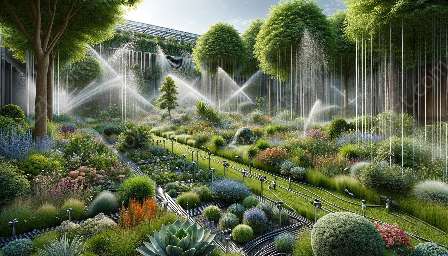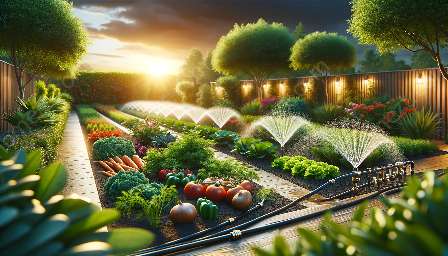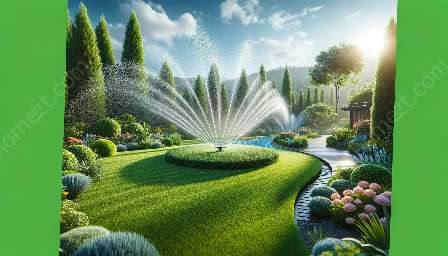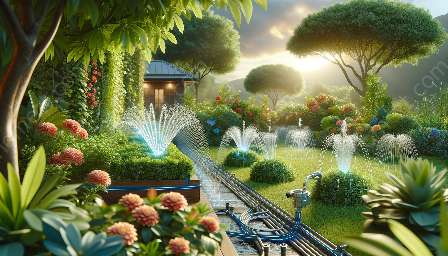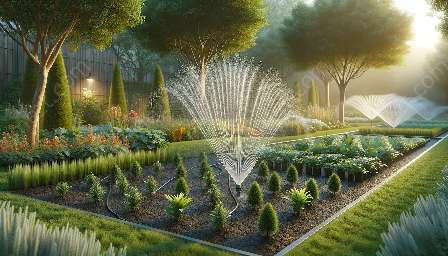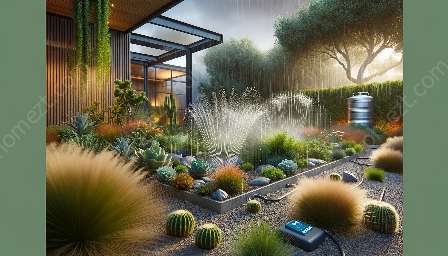Watering your garden and maintaining landscaping during a drought can be a challenging task. It requires careful planning, efficient techniques, and a commitment to water conservation. In this comprehensive guide, we will explore effective watering techniques and best practices to help you keep your plants healthy and vibrant during dry spells.
Understanding the Impact of Droughts on Gardens and Landscaping
Droughts pose a significant threat to the health and vitality of gardens and landscaping. During dry periods, plants are at risk of wilting, yellowing, and even dying if they do not receive adequate water. Lawns and shrubs can also suffer from brown patches and stunted growth. Moreover, droughts can deplete the soil of essential nutrients, further compromising the well-being of plants.
Therefore, it is essential to implement effective watering strategies to ensure that your garden and landscaping can thrive even during water shortages. By following the proper watering techniques, you can conserve water, maintain healthy plants, and preserve the beauty of your outdoor space.
Choosing the Right Plants and Design for Water Conservation
Before delving into watering techniques, it's crucial to consider the selection of drought-tolerant plants and the design of your landscaping. Opting for native plants and species that are adapted to dry conditions can significantly reduce water requirements. Additionally, incorporating drought-resistant landscaping features such as mulch, permeable surfaces, and strategic placement of plants can enhance water retention and minimize evaporation.
Efficient Watering Techniques
1. Watering Schedule: Establish a watering schedule that aligns with local water restrictions and conserves water. Consider watering early in the morning or late in the evening to minimize water loss due to evaporation.
2. Drip Irrigation: Drip irrigation systems deliver water directly to the base of plants, reducing water waste and promoting deep root growth. This method is particularly effective in conserving water.
3. Soil Moisture Monitoring: Use a soil moisture meter to gauge the moisture levels in the soil and avoid overwatering. Maintaining appropriate soil moisture is essential for plant health during droughts.
4. Rainwater Harvesting: Install rain barrels or cisterns to capture and store rainwater for use in watering your garden. This sustainable practice reduces reliance on municipal water sources.
5. Mulching: Apply a layer of organic mulch around plants to retain soil moisture, suppress weed growth, and protect the roots from extreme temperatures.
Adapting to Water Restrictions
During droughts, many regions implement water conservation measures and restrictions. It's important to adhere to these guidelines and adjust your watering practices accordingly. Consider employing alternative watering methods such as greywater recycling, which utilizes household water for irrigation, or using water-efficient irrigation systems that comply with local regulations.
Conclusion
As a responsible gardener, it is crucial to employ efficient watering techniques and conservation practices during droughts to protect your garden and landscaping. By selecting suitable plants, implementing smart irrigation methods, and adapting to water restrictions, you can maintain a flourishing outdoor space while conserving this valuable resource. With these strategies, you can enjoy a beautiful garden and resilient landscaping, even during challenging dry periods.

